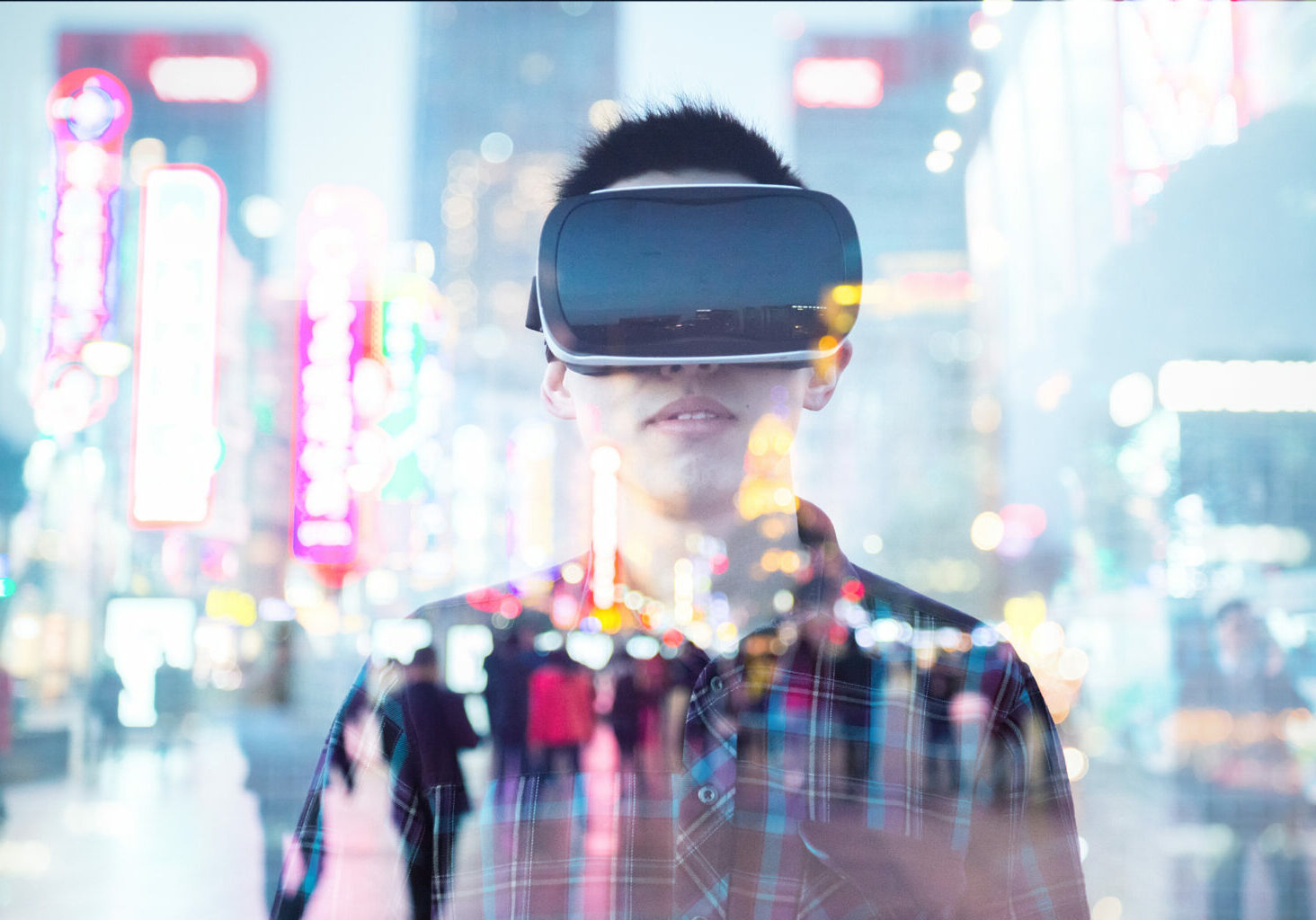How Does VR Therapy Work?
A hi-tech form of Exposure Therapy, VR Therapy simulates life-like 3D worlds which recreate a client’s most feared situations. By leveraging VR technology – therapists can also use biofeedback tools like heart rates, eye movements, and skin sensors to steadily increase exposure intensities. Then, through repeated virtual-world exposures, patients can be better prepared to face their real-world challenges.
Which Conditions Does VRT Treat?

Do you have a fear of flying? VR Therapy can simulate the sights, sounds, and sensations of taking off on a 747. Scared of heights? VR Therapy can place you on virtual rooftops looking down at the street. Does public speaking leave you cowering? This technology can put you on a podium in front of a large audience. Virtual Reality Therapy can help with many types of phobias, recreating life-like settings that allow you to confront your fears in a gradual, safe, controlled way.
Virtual Reality Therapy is especially equipped to help those suffering from PTSD. How? VR goggles and headsets are designed to bring clients face-to-face with past traumatic events such as military combat, auto accidents, violent assaults, and others. Under the guided supervision of a therapist, and with gradual repeated exposures, PTSD symptoms often subside over time.
Are you scared of talking to people at parties? Do you fear being judged by your friends? What if your work colleagues asked you to join them for lunch, would that have you panicked? If you suffer Social Anxiety, VRT can be a great way to reduce your fears of these social situations. By placing you in different social scenarios through hyper reality, you can learn to interact in healthier ways.
Those who battle OCD often have contamination fears – causing them to avoid touching, grabbing, or handling certain objects. It might be doorknobs, toilet seats, dirty socks, or raw foods. VR Therapy can help OCD patients confront their fears by offering a simulated engagement with these objects. Compulsive behaviors that often follow, like excessive hand-washing, are then encouraged to be avoided.
Copy about panic attacks and VRT to go here. Copy about panic attacks and VRT to go here. Copy about panic attacks and VRT to go here. Copy about panic attacks and VRT to go here. Copy about panic attacks and VRT to go here. Copy about panic attacks and VRT to go here. Copy about panic attacks and VRT to go here. Copy about panic attacks and VRT to go here. Copy about panic attacks and VRT to go here.
VRT Is Tech-Enabled Exposure Therapy
Virtual Reality Therapy is considered a hi-tech form of Exposure Therapy. With its computer-generated interface, VRT can provide some advantages over traditional ERP. Here’s how VRT compares to standard Exposure Therapy.
Imaginal Exposures: When patients are asked to use their imaginations to simulate anxiety provoking situations, there can be limits to what the human brain conjures-up with classic ERP. No such issue with VRT. Instead, the VR experience and all its visual stimulus helps spark people’s imaginations.
In-vivo Exposures: Nothing can replace real-life settings for helping patients be exposed to what they fear most, and that’s how ERP applies in-vivo. But taking patients into the real world isn’t always practical, can be cost prohibitive, and sometimes even poses risks. Through 3-D immersion, VRT provides a “real-life” experience while taking place in the convenience, practicality, and safety of your therapist’s office.

Live Free with Virtual Reality Therapy
Get started with a consultation for VR Therapy at Behavioral Health of New York


